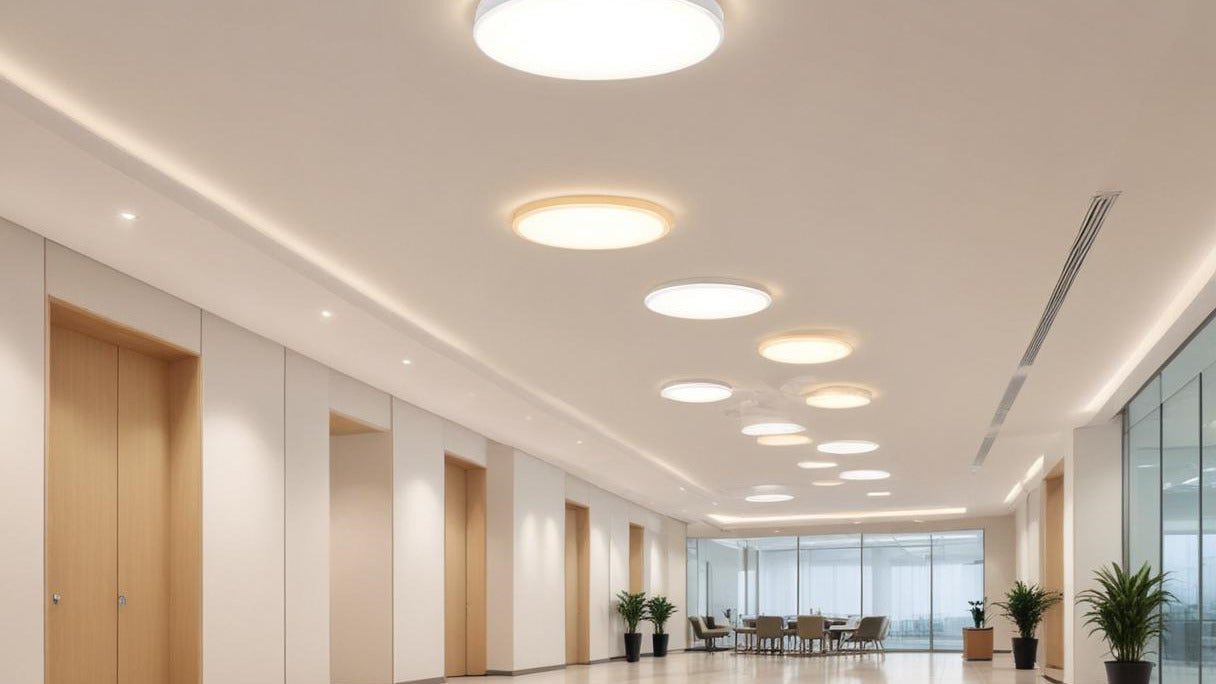LED ceiling lights have become increasingly popular in recent years due to their numerous benefits, including energy efficiency, long lifespan, and low maintenance. However, despite these advantages, there are several downsides to consider when choosing LED ceiling lights for your home or office. This article explores the potential drawbacks of LED lights, helping you make a more informed decision.
Initial Cost
One of the most significant downsides of LED ceiling lights is their initial cost. LED lights are generally more expensive than traditional incandescent or fluorescent bulbs. This higher upfront cost can be a deterrent for many consumers, especially when replacing multiple lights in a large space. Although LED lights can save money in the long run due to their energy efficiency and longevity, the initial investment can be substantial.
Light Quality and Color
Another downside of LED ceiling lights is the variability in light quality and color. LEDs can produce a range of color temperatures, from warm to cool white. However, some LED lights may have a poor color rendering index (CRI), meaning they do not accurately reproduce the colors of objects as seen under natural light. This can be particularly problematic in settings where color accuracy is important, such as in art studios or retail spaces.
Dimming Capabilities
Dimming LED ceiling lights can be more complicated than dimming traditional incandescent bulbs. Not all LED lights are compatible with existing dimmer switches, and using the wrong dimmer can cause flickering, buzzing, or reduced lifespan of the LED light. It may be necessary to invest in compatible dimmer switches and LED lights, adding to the overall cost and complexity of installation.
Blue Light Emission
LED ceiling lights emit more blue light compared to other types of lighting. Prolonged exposure to blue light, especially in the evening, can disrupt sleep patterns by interfering with the production of melatonin, the hormone responsible for regulating sleep. This is a significant concern for individuals who spend a lot of time under LED lighting, particularly in bedrooms or living spaces where relaxation is important.

Heat Sensitivity
While LED ceiling lights are generally cooler than incandescent bulbs, they are sensitive to heat. High temperatures can reduce the lifespan and efficiency of LED lights. This makes them less suitable for enclosed fixtures or areas with poor ventilation. In such environments, the heat generated by the LED driver and other components can accumulate, leading to premature failure of the light.
Potential Health Concerns
There are also potential health concerns associated with LED ceiling lights. Some studies suggest that the flicker produced by certain LED lights can cause headaches, eye strain, and even migraines in sensitive individuals. Although high-quality LEDs with proper drivers can minimize flicker, cheaper models may still pose a risk. Additionally, there is ongoing research into the long-term effects of blue light exposure on eye health, with some studies indicating a potential link to retinal damage.
Environmental Impact
While LED ceiling lights are more environmentally friendly than traditional lighting options due to their energy efficiency, there are still environmental concerns to consider. The production of LED lights involves the use of rare earth metals and other materials that can have significant environmental impacts. Additionally, improper disposal of LED lights can lead to the release of toxic substances, such as lead and arsenic, into the environment.
Compatibility Issues
LED ceiling lights may not always be compatible with existing fixtures or electrical systems. Retrofitting older systems to accommodate LED lights can be challenging and costly. It may require new fixtures, wiring, or even upgrading the entire electrical system in some cases. This can be a significant barrier for those looking to make the switch to LED lighting in older buildings.
Conclusion
While LED ceiling lights offer many benefits, including energy efficiency, long lifespan, and low maintenance, they also come with several downsides. High initial costs, variability in light quality, dimming complications, blue light emissions, heat sensitivity, potential health concerns, environmental impact, and compatibility issues are all factors to consider when choosing LED lights. By understanding these drawbacks, you can make a more informed decision and choose the lighting solution that best meets your needs.


































Leave a comment
This site is protected by hCaptcha and the hCaptcha Privacy Policy and Terms of Service apply.